
Biology


Cucurbitaceae is a family of plants first cultivated in Mesoamerica, although several species are native to North America. The family includes many edible species, such as squash and pumpkin, as well as inedible gourds. In order to grow and develop into mature, fruit-bearing plants, many requirements must be met, and events must be coordinated. Seeds must germinate under the right conditions in the soil; therefore, temperature, moisture, and soil quality are important factors that play a role in germination and seedling development. Soil quality and climate are significant to plant distribution and growth. The young seedling will eventually grow into a mature plant, and the roots will absorb nutrients and water from the soil. At the same time, the aboveground parts of the plant will absorb carbon dioxide from the atmosphere and use energy from sunlight to produce organic compounds through photosynthesis. This module will explore the complex dynamics between plants and soils, and the adaptations that plants have evolved to make better use of nutritional resources.


The arctic fox is an example of a complex animal that has adapted to its environment and illustrates the relationships between an animal’s form and function. The structures of animals consist of primary tissues that make up more complex organs and organ systems. Homeostasis allows an animal to maintain a balance between its internal and external environments. This chapter will explore theses ideas as well as many more.

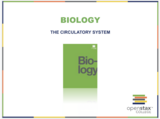
Most animals are complex multicellular organisms that require a mechanism for transporting nutrients throughout their bodies and removing waste products. The circulatory system has evolved over time from simple diffusion through cells in the early evolution of animals to a complex network of blood vessels that reach all parts of the human body. This extensive network supplies the cells, tissues, and organs with oxygen and nutrients, and removes carbon dioxide and waste, which are byproducts of respiration.

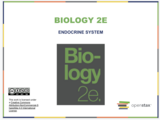
An animal’s endocrine system controls body processes through the production, secretion, and regulation of hormones, which serve as chemical “messengers” functioning in cellular and organ activity and, ultimately, maintaining the body’s homeostasis. The endocrine system plays a role in growth, metabolism, and sexual development.


People did not understand the mechanisms of inheritance, or genetics, at the time Charles Darwin and Alfred Russel Wallace were developing their idea of natural selection. Scholars rediscovered Mendel’s work in the early twentieth century, and over the next few decades scientists integrated genetics and evolution in what became known as the modern synthesis—the coherent understanding of the relationship between natural selection and genetics that took shape by the 1940s. Natural selection can affect a population’s genetic makeup, and, in turn, this can result in the gradual evolution of populations. In the early twentieth century, biologists in the area of population genetics began to study how selective forces change a population through changes in allele and genotypic frequencies. Adaptive evolution is the process by which natural selection increases the frequency of beneficial alleles in the population, while decreasing the frequency of deleterious alleles.


The environment consists of numerous pathogens, usually microorganisms, that cause disease in their hosts. Components of the immune system constantly search the body for signs of these pathogens. Mammalian immune systems evolved for protection from such pathogens. These systems are composed of an extremely diverse array of specialized cells and soluble molecules that coordinate a rapid and flexible defense system.

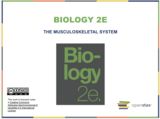
The muscular and skeletal systems provide support to the body and allow for a wide range of movement. The bones of the skeletal system protect the body’s internal organs and support the weight of the body. The muscles of the muscular system contract and pull on the bones, allowing for movements as diverse as standing, walking, running, and grasping items.

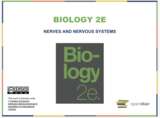
A nervous system is an organism’s control center. It processes sensory information from outside and inside the body and controls all behaviors, from fundamental to complex. Although nervous systems throughout the animal kingdom vary in structure and complexity, each functions to maintain homeostasis.

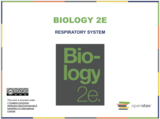

This material is labwork meant to be used in conjunction with the Candela "Biology II" course.
- Subject:
- Biology
- Life Science
- Material Type:
- Activity/Lab
- Provider:
- Lumen Learning
- Provider Set:
- Candela Courseware
- Author:
- Lynette Hauser
- Stacy Forgey
- Date Added:
- 05/22/2019
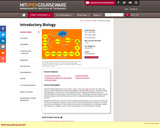
College-level introductory biology course focusing on the application of the fundamental principles of human biology. Course topics include genetics, cell biology, molecular biology, disease (infectious agents, inherited diseases and cancer), developmental biology, neurobiology, and evolution. Course features include video lectures, audio lectures, subtitles/transcripts, lecture notes, assignments and solutions, and exams and solutions.
- Subject:
- Applied Science
- Biology
- Genetics
- Life Science
- Material Type:
- Assessment
- Diagram/Illustration
- Full Course
- Homework/Assignment
- Lesson Plan
- Reading
- Syllabus
- Provider:
- Massachusetts Institute of Technology
- Provider Set:
- OpenCourseWare
- Author:
- Diviya Sinha
- Hazel Sive
- Tyler Jacks
- Date Added:
- 01/01/2013